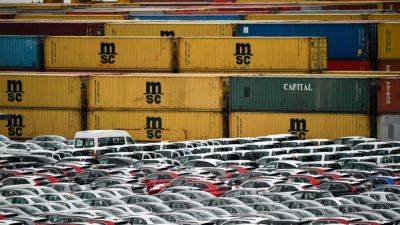The Red Planet or bust: Can the US get humans to Mars in Donald Trump's second term?
During US President Donald Trump’s inauguration speech on January 20, he declared that getting to Mars would be America’s next frontier in space.
"We will pursue our manifest destiny into the stars, launching American astronauts to plant the Stars and Stripes on the planet Mars," he said to applause and a thumbs up from billionaire backer and founder of SpaceX, Elon Musk.
That goal has raised many questions from experts, not least since humanity has yet to return to the Moon after delays in NASA’s Artemis II and III missions.
So, how likely is it that humans will be able to plant any flag, much less the American one, on the Red Planet by the end of Trump’s term in 2029?
Mars is an average of 225 million km away from Earth, the furthest humans will have travelled in space by the time we reach it.
NASA has already landed robots on Mars, but only 12 out of 19 landings have been successful. Human missions, the agency continued, "introduce new challenges that must be addressed".
The planet's thin atmosphere is filled with dust and consists of roughly 95 per cent carbon dioxide. Any craft that wants to descend on the planet has to be protected from overheating, which NASA said will likely need new advancements in navigation technology.
On the planet itself, astronauts could encounter "weeks or months" of dust storms, reduced solar energy needed to power their devices, and tough winds, according to a 2024 NASA white paper.
If anything happens to the crew’s equipment, Mars is so far away that limited repair options are available.
For a successful mission, NASA said it still needs to build advanced propulsion systems with nuclear power, inflatable landing gear, space suits, labs, satellites, and surface power systems that can







